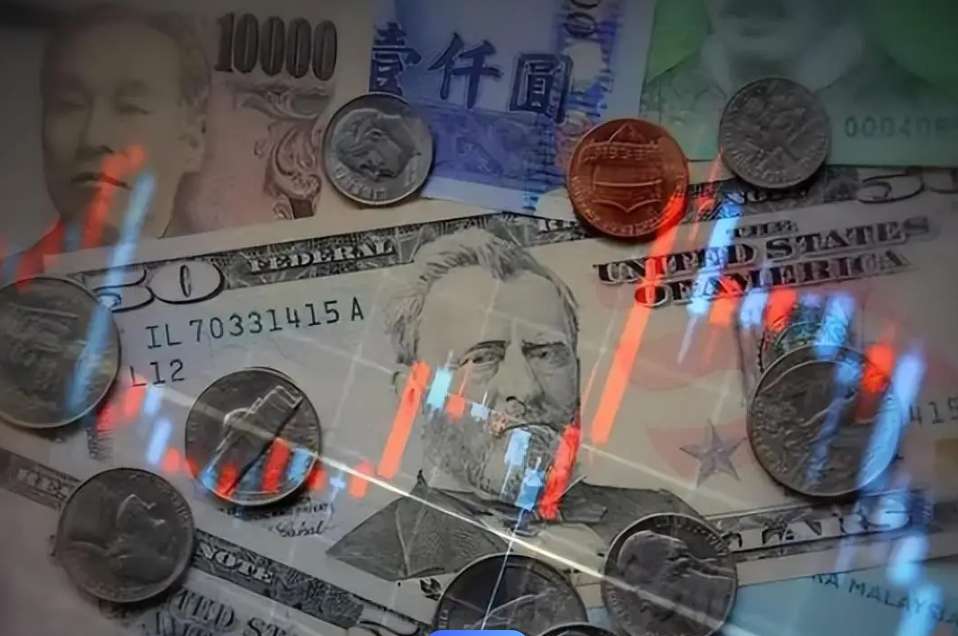Hong Kong ETF Premiums Flash Warning Signs
Advertisements
During the recent Christmas holidays,the Hong Kong stock market was closed for a two-and-a-half-day break.Surprisingly,various Exchange-Traded Funds (ETFs) related to the Hong Kong market saw significant surges in their prices,reaching their daily limits.What could be the reasons behind such unusual activity?
On December 26th,investors noted that the Hong Kong Dividend Low Volatility ETF and the Hong Kong Dividend ETF hit their price limits,boasting a premium rate of 14.11% and 15.31%,respectively.The China Central Enterprises Dividend ETF witnessed a premium of 15.28% alongside a price increase of 5.6%.
Tension was palpable as the Hong Kong market had been stagnant for two and a half days.Traders engaged in vigorous discussions about premiums,arbitrage opportunities,and risks surrounding these ETFs.As the closing bell rang on the 26th,some investors were left pondering whether to jump into these high-premium trades,unsure of the next steps.
But why were these ETFs not operating in sync with the actual trading hours of the Hong Kong market while exhibiting premiums of over 15%?
The fundamental mechanics behind this phenomenon are tied to a recent rise in the popularity of cross-border ETFs and the structural limitations faced by the Hong Kong ETFs.With cross-border ETFs hinging on the qualified domestic institutional investor (QDII) quotas,their trading dynamics have been well understood.However,the unique situation of Hong Kong ETFs arises when the market is closed while these ETFs continue trading on the secondary market.
In this scenario,the market is unable to execute real-time share adjustments through the traditional creation and redemption mechanism typical of ETFs,exacerbating the effects of volatility.Many of these ETFs are relatively small in size,leading them to be particularly susceptible to speculation.
A closer look at the statistics reveals that the S&P Consumer ETF recorded the highest premium at 26.21%,while both the Hong Kong Dividend ETF and the China Central Enterprises Dividend ETF also featured premiums exceeding 10%.Trading volume highlighted the activity,with the S&P Consumer ETF's turnover rate standing at an impressive 646.67%,and the China Central Enterprises Dividend ETF also broke the 610% threshold.Such high turnover rates for multiple ETFs reflect investor fervor and likely speculative behavior.In light of the manageable fund sizes averaging around 200 million,relatively modest capital investments can yield fourfold turnover rates.
Industry experts contend that the oscillations in ETF premiums stem from intricate trading mechanisms.ETFs can be traded on two separate markets,presenting two distinct price valuations.They operate in the primary market through creation and redemption,and in the secondary market as tradeable securities.This duality can result in price discrepancies between the two markets.
In recent years,the enthusiasm surrounding cross-border ETFs has steadily climbed,paralleling growing demands on the secondary market.However,the restrictions presented by QDII quotas and foreign exchange limits compromise trade efficiency,ultimately amplifying the volatility of ETF premiums.Unlike the relatively fluid arbitrage mechanisms seen in A-shares,these restrictions diminish the number of participants capable of engaging in arbitrage,resulting in substantial price premiums that can endure for protracted periods.
The situation with the current premiums in the Hong Kong ETF market predominantly arises from discrepancies in trading hours.The mismatch in trading schedules between international markets and the A-share markets complicates the real-time updating of the indicative optimized portfolio value (IOPV) data. When international markets take a breather,corresponding cross-border ETFs are compelled to halt primary redemption,limiting activities to secondary market trading.Such mismatches between the two markets exacerbate the observable high premiums.
When international markets take a breather,corresponding cross-border ETFs are compelled to halt primary redemption,limiting activities to secondary market trading.Such mismatches between the two markets exacerbate the observable high premiums.
Many investors may find themselves questioning why the trading times of Hong Kong ETFs don't align with those of the actual stock market to circumvent the high premiums.According to public mutual fund representatives,Hong Kong ETFs launched in mainland public funds have traditionally paused their primary redemption but remain active in trading.This allows market participants to engage in trading merely based on speculation without impacting the underlying share count.
Another viewpoint from mutual fund insiders indicates that because many Hong Kong ETFs are listed on A-shares,they tend to align their trading times with the A-share market,which is an inherent challenge for cross-border products.
Over the course of just three days,there have been more than 70 alerts regarding risks associated with ETF premiums.
This leads us back to the pressing question on the minds of investors: should one consider purchasing ETFs with such high premiums?
A fund manager suggested that as buy orders among traders escalate,prices will ascend,oscillating around their true value and inevitably reverting to justifiable value levels.The premiums and discounts of ETFs will eventually normalize at different paces.The underlying arbitrage mechanisms allow investors to conduct trades in secondary markets,acquiring a ‘basket of stocks’ and obtaining ETF shares through primary market issuance,subsequently selling those on the secondary market for profit—an example of ‘buy low,sell high’ around speculative movements.
“Once the ETFs reopen for redemption,you will see investing tides shift back in favor,” they highlighted.An elevated premium often signals a heated market,and should market sentiments deflate or the fund open to purchases,arbitragers may rush in,thereby bringing the ETF price back in line with its net asset value,effectively shrinking or eliminating the premium altogether.
From an institutional perspective,those buying at high price points may encounter capital losses when premiums recede in the short term,effectively paying a premium for inflated market sentiments.Thus,regular investors are advised to remain level-headed amid high premiums,focusing on the manifest risks tied to retractions.
As a proactive measure,fund companies actively warn of risks in the event of significant ETF premiums.From December 24th onwards,numerous cross-border ETFs and Hong Kong ETFs have issued risk advisories,accumulating over 70 notices.
Furthermore,various fund management firms illustrate the importance of comprehensive evaluations for investors selecting ETF products.Investors are urged to consider multiple factors such as fund size,liquidity,tracking error,fees,and premium/discount dynamics.Thus,while benefiting from the ease of investing in ETFs,caution must be exercised.A scientifically sound asset allocation and robust risk control measures are paramount for sound investment strategies.
post your comment